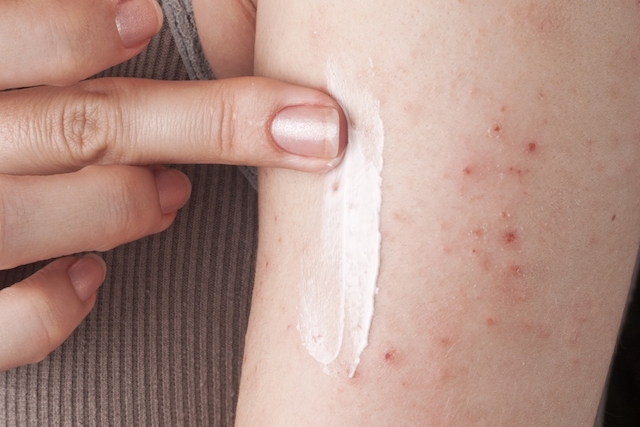Ringworm on the scalp, also known as Tinea capitis or tinea capillary, is an infection caused by fungi that causes symptoms such as severe itching and even hair loss.
This type of ringworm can easily pass from person to person, by sharing combs, towels, hats, pillows or any other object that is in direct contact with the head.
The best form of treatment is to take an antifungal and use an antifungal shampoo, both prescribed by the dermatologist, in addition to maintaining good hair hygiene.

How the treatment is done
The treatment for ringworm on the scalp needs to be guided by a dermatologist and is usually done with the use of oral antifungals and shampoos to eliminate the fungi from the head, relieving the symptoms.
Medicines
Some of the oral antifungal drugs most used and recommended by the dermatologist include Griseofulvin and Terbinafine, which should be taken for about 6 weeks, even if the symptoms have already improved. The prolonged use of these remedies can cause some side effects such as vomiting, excessive tiredness, dizziness, headache and red spots on the skin, so they should not be used for more than 6 weeks.
Shampoos
In addition to oral remedies, the doctor may also advise that hair hygiene should be done with an antifungal shampoo, containing ketoconazole or selenium sulfide. Some examples are:
- Nizoral; Ketoconazole; Caspacil; Dercos.
Shampoos help to relieve symptoms quickly, but do not completely prevent the development of fungi. Thus, it is always recommended to use shampoos together with oral antifungal remedies prescribed by the dermatologist.
Main symptoms
Ringworm on leather can cause symptoms such as:
- Intense itching on the head; Presence of dandruff; Black spots on the scalp; Areas with hair loss; Yellow scabs on the hair.
Although rare, in addition to these symptoms, some people may still have sore necks due to the response of the immune system to fight infection caused by fungi.
Generally, this type of ringworm is more common in children aged 3 to 7 years, as they are more likely to lean their heads and share objects that are in contact with their hair, such as bands, rubber bands and hats.
Ringworm on the scalp picks up through contact with the fungi of an infected person. Thus, ringworm can pass through direct contact with the hair or by sharing objects that are used in the hair, such as combs, towels, rubber bands, hats or pillowcases, for example.















